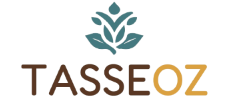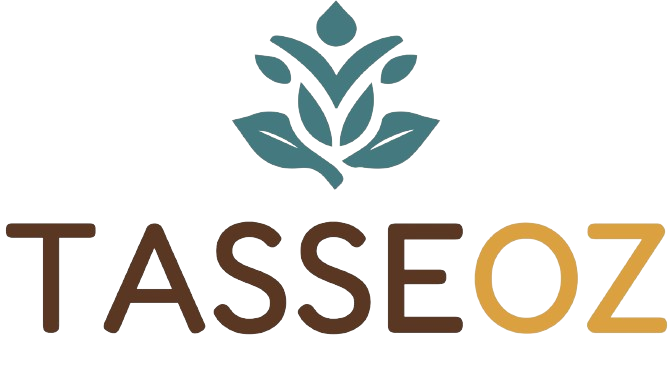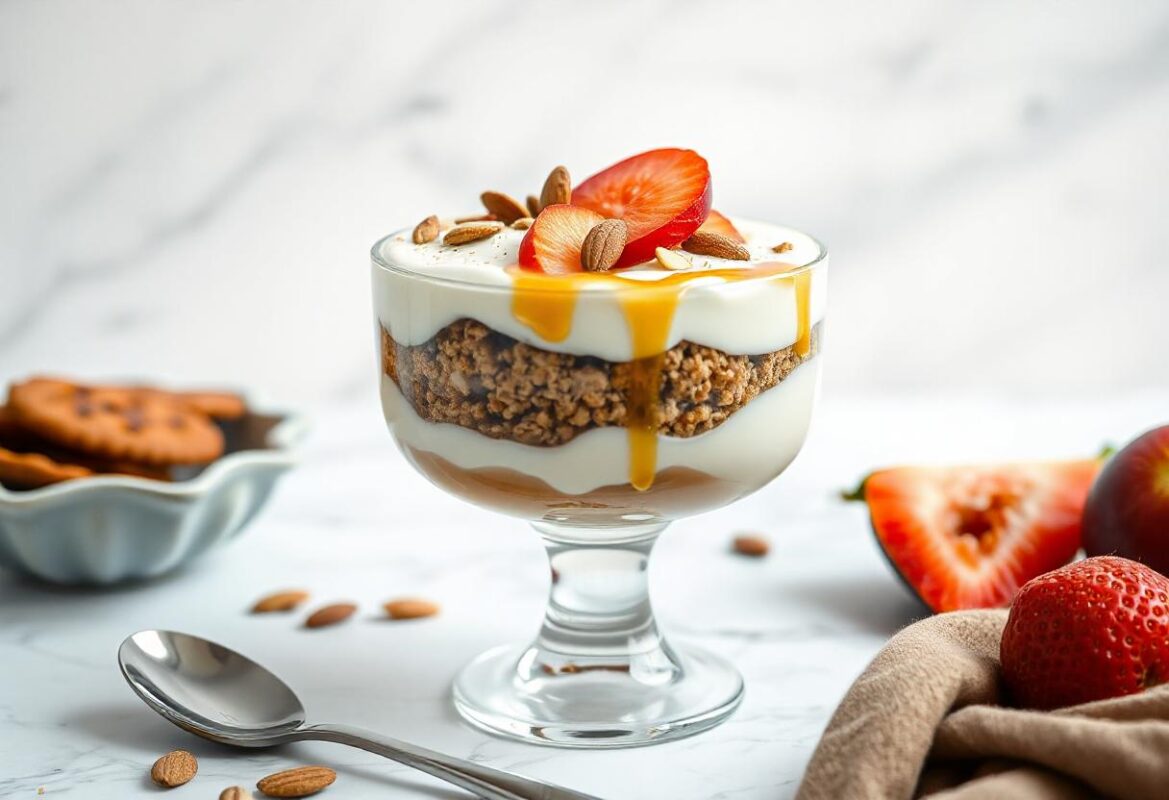Migraines can be debilitating, affecting millions of people worldwide with symptoms like intense headaches, nausea, and sensitivity to light and sound. While many seek relief through medication, some are turning to natural remedies to manage their symptoms. One such remedy gaining attention is chai tea, known for its blend of aromatic spices and potential health benefits. In this article, we’ll explore how chai tea, especially the premium blends from Tasseoz, can be an effective and comforting way to manage migraines and promote overall well-being.
The Power of Spices in Chai Tea
Chai tea is a blend of black tea and spices such as ginger, cinnamon, cardamom, cloves, nutmeg, star anise, and black pepper. These spices are not only known for their distinctive flavors but also for their medicinal properties:
- Ginger: Known for its anti-inflammatory and pain-relieving properties, ginger can help reduce the severity and frequency of migraines.
- Cinnamon: This spice helps improve circulation and has anti-inflammatory benefits, potentially easing migraine symptoms.
- Cardamom: Cardamom is known to relieve nausea, a common symptom accompanying migraines.
- Cloves: Cloves have pain-relieving and anti-inflammatory properties, making them beneficial for migraine sufferers.
- Nutmeg: Nutmeg has calming properties that can help reduce anxiety and stress, which are common migraine triggers.
- Star Anise: Known for its anti-inflammatory properties, star anise can help reduce the inflammation that contributes to mmigraines.
- Black Pepper: Black pepper enhances the absorption of other beneficial compounds, increasing the effectiveness of the chai tea blend.
How Chai Tea Can Help
The combination of these spices in chai tea offers a holistic approach to managing migraines:
- Anti-Inflammatory Effects: The anti-inflammatory properties of ginger, cinnamon, cloves, nutmeg, and star anise can help reduce the inflammation that may trigger migraines.
- Improved Circulation: Cinnamon and black pepper help improve blood flow, potentially alleviating headache symptoms.
- Nausea Relief: Cardamom’s ability to relieve nausea can be particularly beneficial for those who experience this symptom with their migraines.
- Calming and Relaxation: The warm, soothing nature of chai tea provides comfort and relaxation, which can be essential for managing migraine symptoms.
Tasseoz Chai Tea: A Premium Choice
At Tasseoz, we are dedicated to crafting high-quality chai tea blends that not only delight the senses but also promote health and wellness. Our chai tea is made with carefully selected Ceylon spices and premium tea leaves, ensuring a rich and authentic flavor experience. Each cup of Tasseoz chai tea offers a moment of relaxation and a natural way to manage migraine symptoms.
How to Enjoy Tasseoz Chai Tea for Migraine Relief
- Brew a Cup: Start with fresh, cold water and bring it to a boil. Pour over Tasseoz chai tea blend and let it steep for 5-10 minutes.
- Add Milk and Sweetener: Customize your chai tea by adding milk and a natural sweetener like honey or agave syrup, enhancing its soothing properties.
- Relax and Sip: Find a quiet, comfortable space and enjoy your chai tea slowly, allowing its warmth and aroma to provide relaxation and comfort.
Conclusion
Migraines can significantly impact quality of life, but natural remedies like chai tea offer a comforting and effective way to manage symptoms. Tasseoz chai tea, with its blend of medicinal spices, provides anti-inflammatory and pain-relieving benefits that can help alleviate migraine symptoms. By incorporating Tasseoz chai tea into your routine, you can enjoy a delicious, soothing beverage while promoting your overall well-being.
Explore the benefits of Tasseoz chai tea and join our community of wellness enthusiasts. Follow us on social media for more tips, recipes, and stories about the natural benefits of chai tea.
References
- Daily, J. W., & Zhang, X. (2018). Ginger’s Potential Health Benefits: A Review. Journal of Pain Research, 11, 1211-1218.
- Black, C. D., Herring, M. P., Hurley, D. J., & O’Connor, P. J. (2010). Ginger (Zingiber officinale) Reduces Muscle Pain Caused by Eccentric Exercise. Journal of Pain, 11(9), 894-903.
- Gruenwald, J., Freder, J., & Armbruester, N. (2010). Cinnamon and Health. Critical Reviews in Food Science and Nutrition, 50(9), 822-834.
- Allen, R. W., Schwartzman, E., Baker, W. L., Coleman, C. I., & Phung, O. J. (2013). Cinnamon Use in Type 2 Diabetes: An Updated Systematic Review and Meta-Analysis. Annals of Family Medicine, 11(5), 452-459.
- Verma, S. K., & Singh, N. (2018). Current and Future Status of Herbal Medicines. Veterinary World, 11(5), 587-590.
- Singh, G., Maurya, S., de Lampasona, M. P., & Catalan, C. (2007). A Comparison of Chemical, Antioxidant and Antimicrobial Studies of Cinnamon Leaf and Bark Volatile Oils, Oleoresins and Their Constituents. Food and Chemical Toxicology, 45(9), 1650-1661.
- Tung, Y. T., Chua, M. T., Wang, S. Y., & Chang, S. T. (2008). Anti-inflammatory Activities of Essential Oil and Its Constituents from Indigenous Cinnamon (Cinnamomum osmophloeum) Twigs. Bioresource Technology, 99(9), 3908-3913.
- Halvorsen, B. L., Holte, K., Myhrstad, M. C., Barikmo, I., Hvattum, E., Remberg, S. F., Wold, A. B., Haffner, K., Baugerod, H., Andersen, L. F., Moskaug, J. O., Jacobs, D. R. Jr., & Blomhoff, R. (2002). A Systematic Screening of Total Antioxidants in Dietary Plants. Journal of Nutrition, 132(3), 461-471.
- Platel, K., & Srinivasan, K. (2000). Influence of Dietary Spices and Their Active Principles on Pancreatic Digestive Enzymes in Albino Rats. Food/Nahrung, 44(1), 42-46.
- Srinivasan, K. (2007). Black Pepper and Its Pungent Principle-Piperine: A Review of Diverse Physiological Effects. Critical Reviews in Food Science and Nutrition, 47(8), 735-748.
- Vijayan, V., Tharakan, S. T., & Venugopal, V. P. (2019). Pharmacological Activities of Star Anise (Illicium verum Hook.f): A Review. Journal of Pharmaceutical Sciences and Research, 11(4), 1421-1424.
Proudly powered by WordPress

















